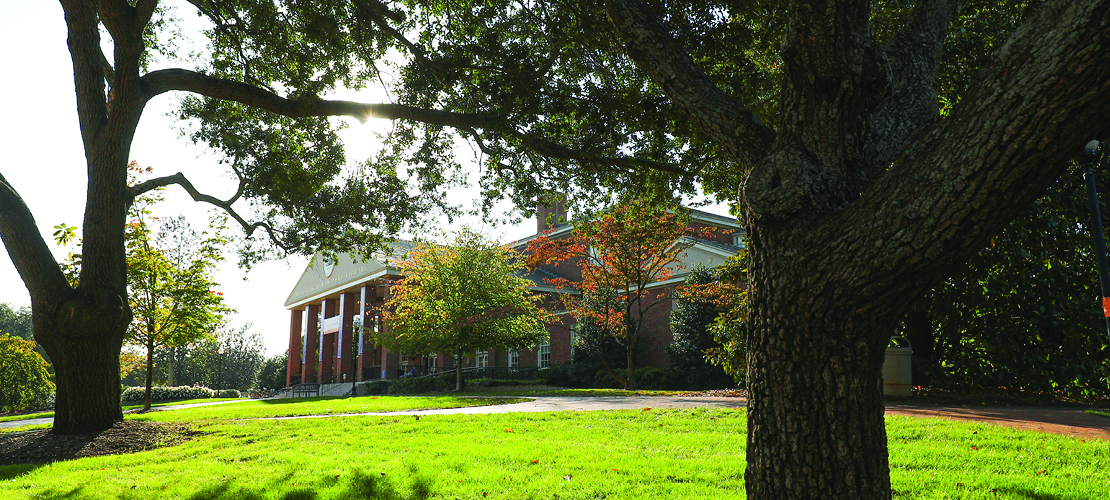
Happy April Fool’s Day. If you need inspiration for the perfect prank, may we recommend some of British history’s finest hoaxers, courtesy of the Oxford Dictionary of National Biography.
- Follow the example of Frances Griffiths (1907-1986) and Elsie Wright (1901-1988) and cut out your own imitation fairies and gnomes. Next take some photos of them frolicking around the Furman Lake, and bring them to the attention of a devotee of the paranormal, such as Arthur Conan Doyle. With his backing the ‘Cottingley fairies’ became a worldwide sensation and continued to convince (some) until 1983 when Griffiths and Wright admitted their hoax. As Elsie remarked: ‘I’m old now and I don’t want to die and leave my grandchildren thinking that they had a loony grandmother.’
- Horace De Vere Cole (1881-1936) gained notoriety as a practical joker during his undergraduate studies at Trinity College, Cambridge. He disguised himself as the uncle of the sultan of Zanzibar and was elaborately received by the mayor of Cambridge. An elderly lady missionary who wished to address him in his native language was deterred by his mock interpreter explaining that his master could not meet her unless she contemplated entering his harem. Cole also enjoyed simple jokes like challenging conceited athletes to races in the streets, and shouting ‘stop thief’ when they were well ahead. Some of his pranks were gloriously absurd – he once gave theatre tickets to a large number of bald men whose pates seen from the balcony spelt out an expletive: characteristically he even remembered to dot the ‘i’. Sounds like the perfect prank to add a little hilarity to the next CLP.
- Theodore Hook (1788-1841), writer and hoaxer, was according to his own account, principally distinguished at school for mischief, deceitfulness, and a lack of serious application. The most celebrated of Hook’s hoaxes was the Berners Street hoax of 1809. This hoax, aimed at a Mrs. Tottenham, against whom Hook had grievances, was undertaken with two accomplices and was six weeks in preparation. Having ordered a range of goods and sent out invitations to dignitaries and notables, Hook and his accomplices watched from a room opposite Mrs. Tottenham’s home as wagonloads of coal, organs, pianofortes, linen, jewelry, and all types of furniture arrived in unison. The lord mayor of London, governor of the Bank of England, chairman of the East India Company, and the duke of Gloucester were equally tricked into making an appearance. An amused crowd blocked the street for the entire day; yet, although he was suspected, Hook escaped without his involvement being proved. This was before internet shopping – just think what you could orchestrate today!


